We may earn money or products from the companies mentioned in this post. This means if you click on the link and purchase the item, I will receive a small commission at no extra cost to you ... you're just helping re-supply our family's travel fund.
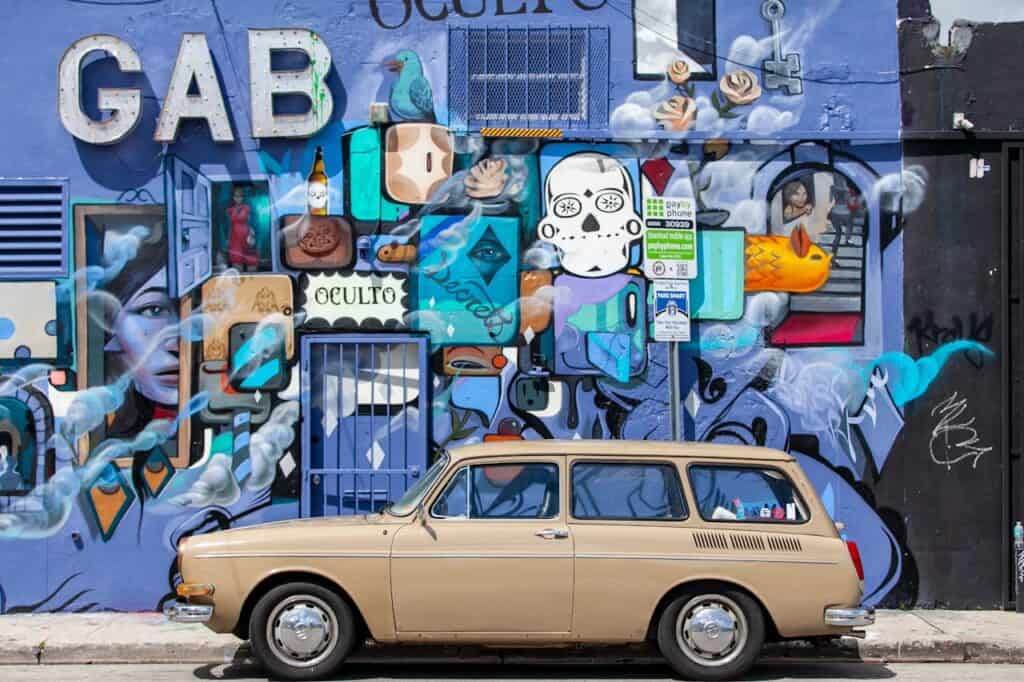
Some streets read like open books. Painters turn brick into chapters, alleys into margins, and viaducts into timelines a neighborhood recognizes. Fall light flatters color, winter keeps foot traffic gentle, and spring invites fresh coats that push the story forward. What this really means is simple. A strong mural corridor explains a place without a brochure. It holds pride, hard history, and humor on the same block, then hands the tale to anyone who walks through with eyes up. Late summer shade helps, too.
Mural Mile, Philadelphia, Pennsylvania
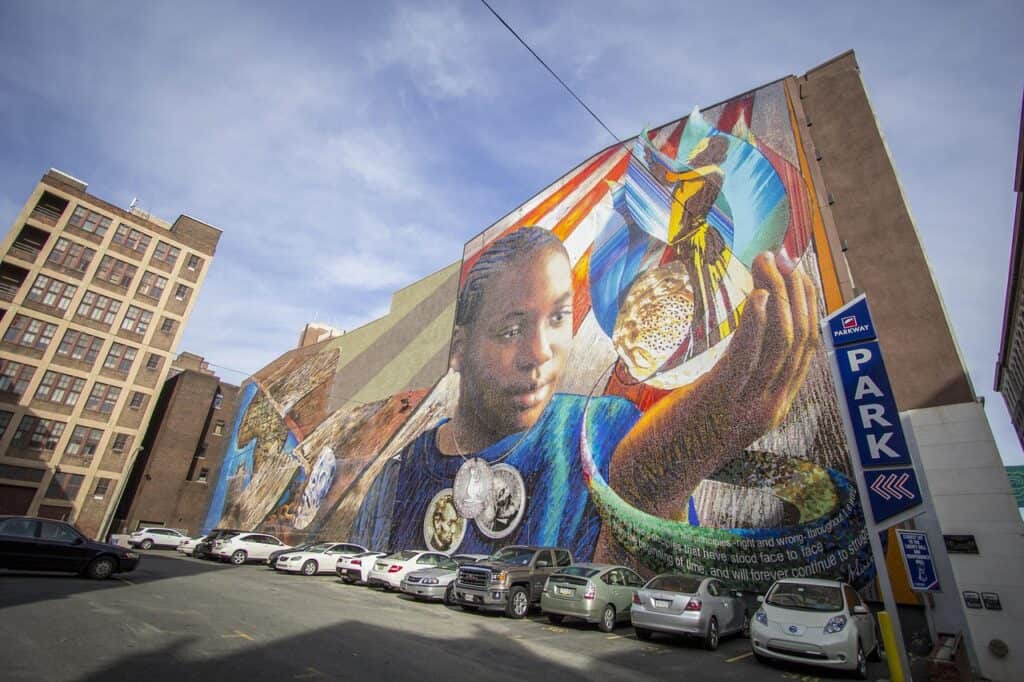
Center City’s Mural Mile links 13th Street and nearby blocks with portraits, abstractions, and social history locals greet like old friends. Guided walks add context, yet the route works as a self-led ramble between coffee stops and pocket parks. Walls honor educators, neighborhood elders, and shared struggles, scaled to a city that values public art. A clear map and small plaques make pacing simple, with sunlight and brick giving each stop a slightly different voice.
Balmy Alley, San Francisco, California
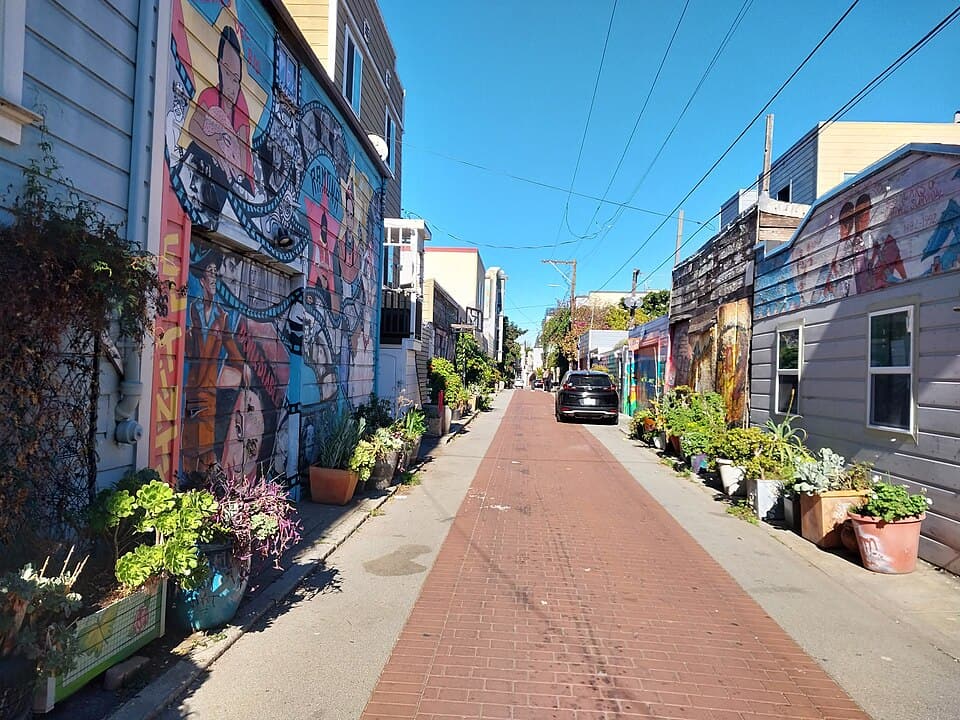
In the Mission, Balmy Alley compresses decades of activism into one narrow lane where garage doors and stucco speak fluently. Early murals called out Central American conflicts; newer pieces track displacement, pride, and daily joy. Painters refresh rather than erase, so layers read like a palimpsest. Panaderias and small markets underline that this is a lived street, and even fog holds the color in a soft frame that asks for one more slow photograph.
NW 2nd Avenue, Wynwood, Miami, Florida
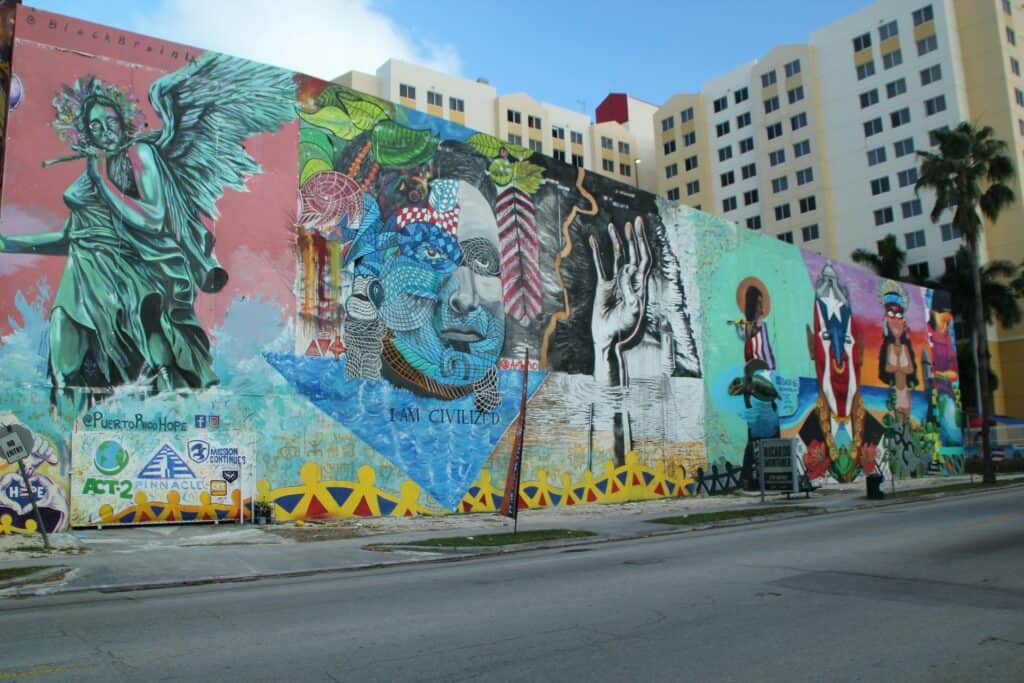
NW 2nd Avenue acts as main stage for Wynwood’s rotating festival of paint, with cranes, rollers, and aerosol turning warehouses into a calendar. International names share wall space with local crews, and weekends stretch into golden hour strolls past bold type and tropical palettes. Galleries open, food trucks anchor side streets, and the strip reads like one long conversation. Weekday mornings leave room to stand back and trace lines from doorframe to roof.
Larimer Street, RiNo, Denver, Colorado
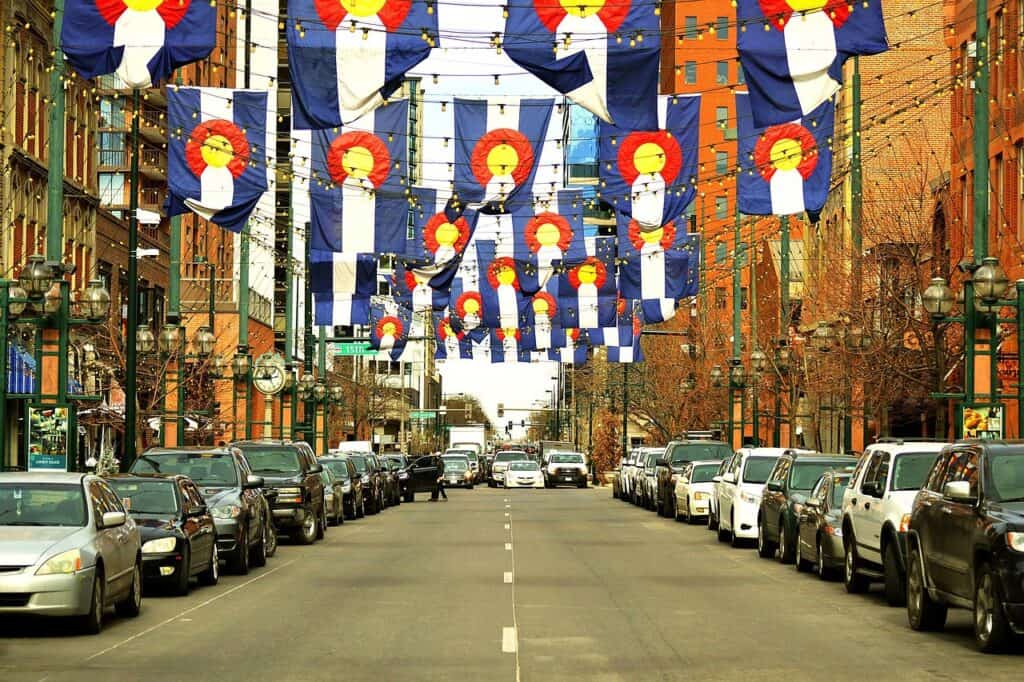
Larimer Street rises into a grid of brick warehouses now reading as canvases. Annual paint festivals keep lift trucks busy, while breweries and coffee bars give walkers reasons to linger and look again. Motifs drift from mountain geometry to jazzy color fields, with alleys offering bonus chapters. High plains light sharpens edges, and snow days turn the district into a clean stage where saturated walls do the talking without needing a crowd. Signs on the old spur frame sightlines.
East 3rd Street, Arts District, Los Angeles, California
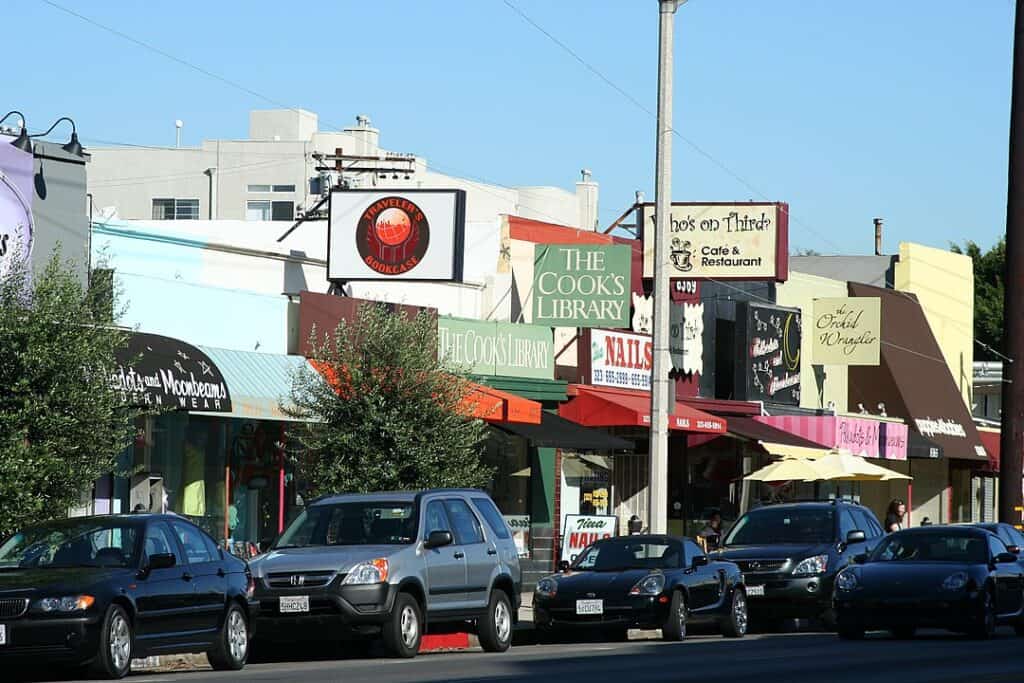
East 3rd Street in the Arts District runs past rail spurs and old factories where painters scale up to match steel and sky. Pieces nod to film craft, working pride, and a city that edits itself daily. Cafes, print shops, and small galleries stitch ground level into a lived scene. Freight tracks hum nearby, and pop-ups beside long leases keep the corridor restless in the right way while night lights pull new details from brick and steel.
16th Street Viaduct, Pilsen, Chicago,
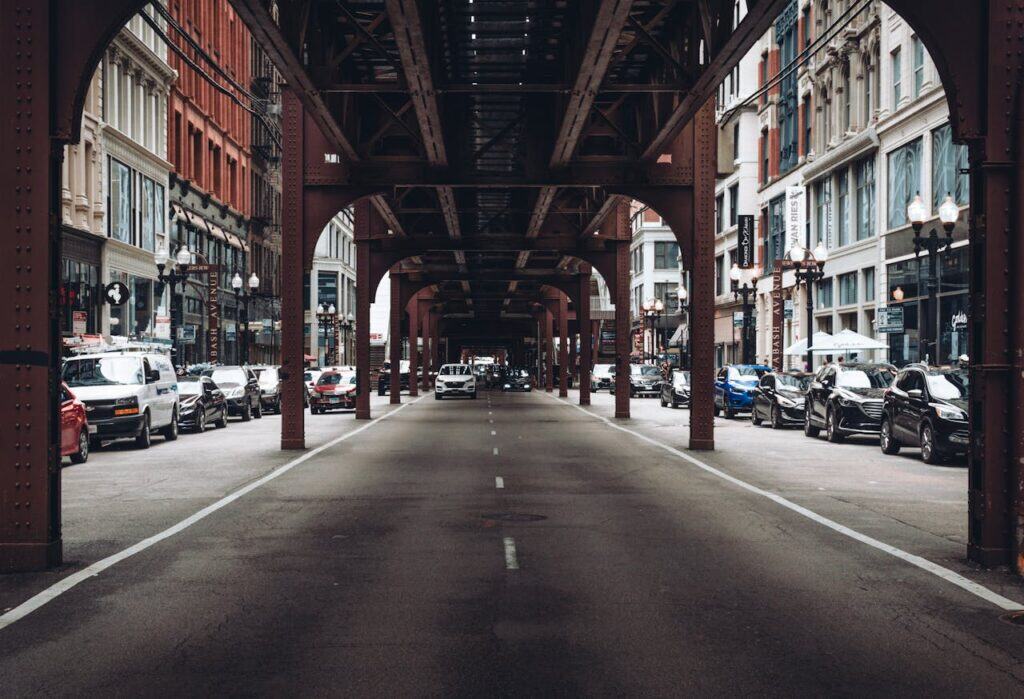
Murals spool along the 16th Street rail embankment, tying Pilsen’s Mexican heritage to larger Chicago stories with iconography that glows even in winter gray. Passageways act as frames, and the steady rumble of trains adds a heartbeat to viewing. Artists favor saints, workers, and matriarchs, rendered with humor and respect. Community paint days pull families to the wall, so the imagery belongs to the block as much as to a signature. Gray mornings still glow when varnish catches a thin sun.
Leeland Street, EaDo, Houston, Texas
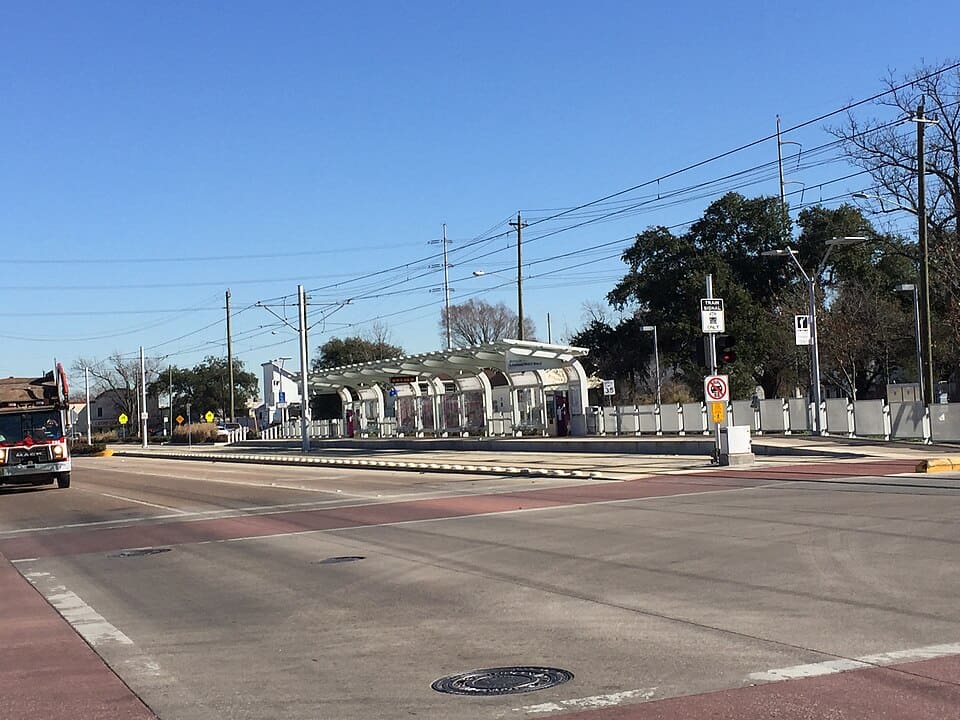
Leeland Street’s long walls carry Houston’s scale, stacking portraits, script, and geometry side by side. Murals salute astronauts, rappers, and neighborhood anchors, telling a city-of-cities story without getting tidy. On humid evenings, cyclists roll slow while food halls spill music across the block. Fresh pieces arrive often, crews keep older work crisp, and families pose elders against new portraits that feel like reliable neighborhood mirrors.
SODO Track, 5th Avenue S Busway, Seattle, Washington
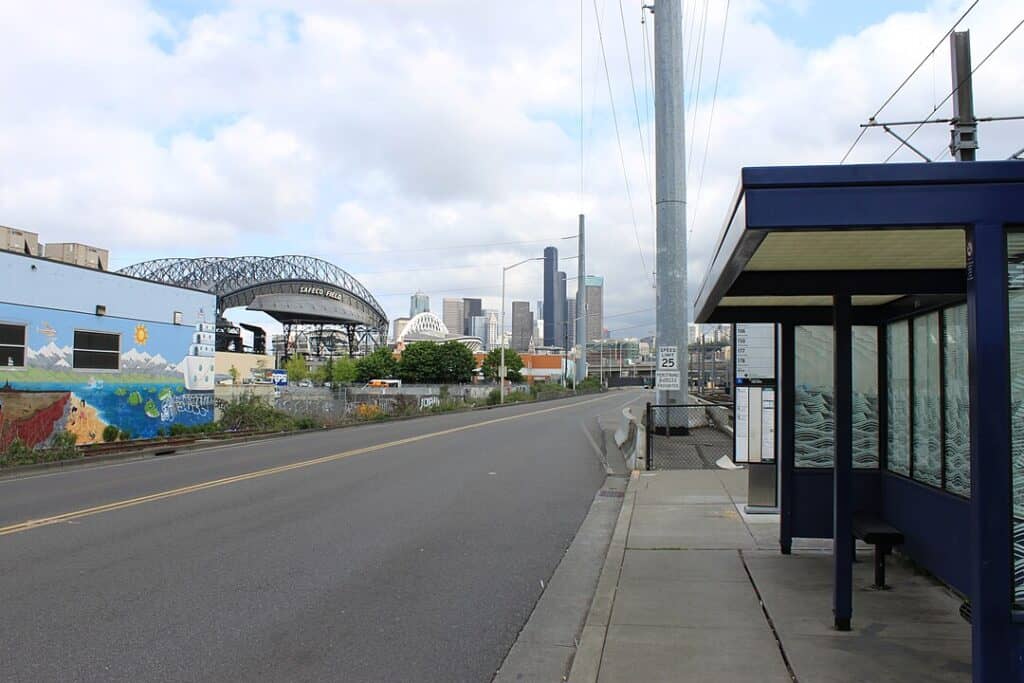
Along the busway, the SODO Track stretches for miles, turning columns and industrial spans into a curated ribbon best seen at walking pace. Themes lean toward motion, wildlife, and dreamscapes that suit a corridor built for commuters. Freight horns and gulls share the soundscape, and drizzle adds a gloss that Pacific colors love. New pillars arrive as clean pages, proof that maintenance and art can share the same practical route. Commuters become readers.